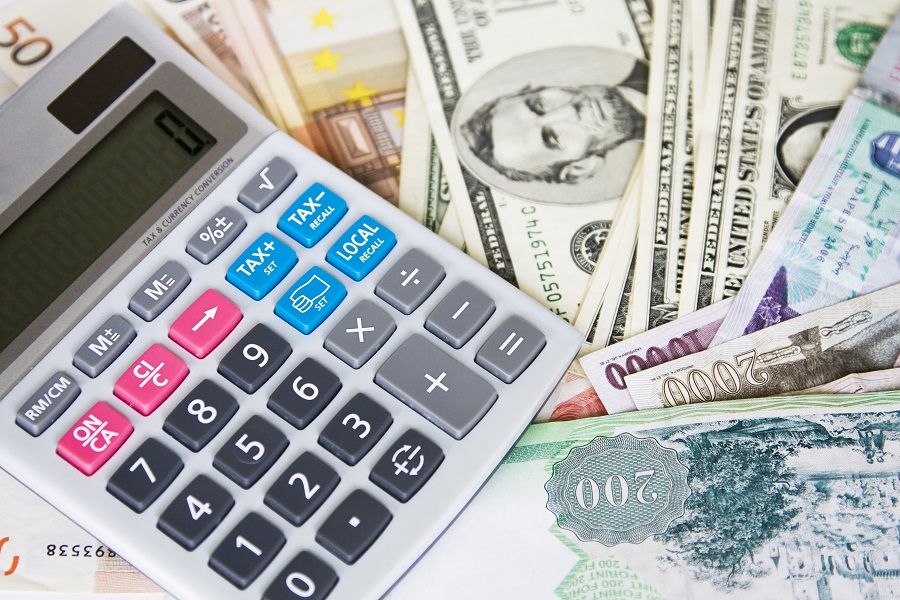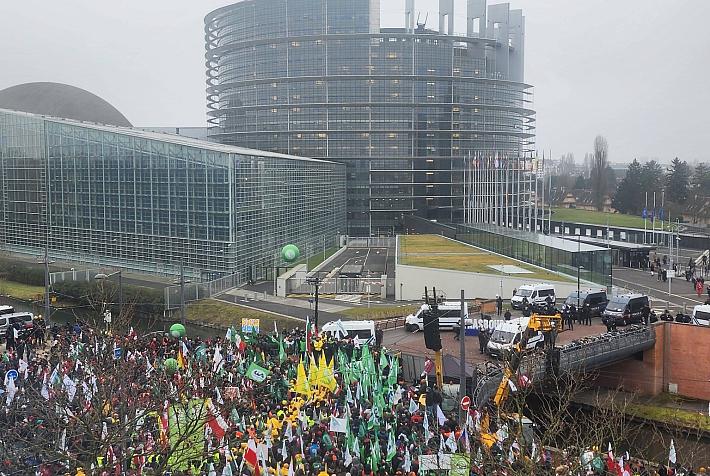New VAT, among highest in EU; see VAT rates across EU and recent changes

 The recently-announced five percentage points VAT increase in Romania will lead to a hike in prices on all levels of the economy and to a drop in the Romanians' purchasing power. A higher inflation and unemployment rate will kick in, analysts have warned.
The recently-announced five percentage points VAT increase in Romania will lead to a hike in prices on all levels of the economy and to a drop in the Romanians' purchasing power. A higher inflation and unemployment rate will kick in, analysts have warned.
The 24 percent VAT rate in Romania will be among the highest in the European Union and the highest so far in the country, once applied from July 1st. The previous VAT increase in Romania, in 1998, was also of four percentage points, to 22 percent. The lower VAT rate of 19 percent was enforced in 2000 and stayed the same ever since.
VAT rates in the EU and recent changes
The highest VAT rates are in Hungary, Denmark and Sweden, with 25 percent, according to information from the European Council as of May 1st. Romania's increased VAT rate will be higher than in Poland and Finland, which have a VAT of 22 percent.
The countries with the lowest VATs in the European Union are Luxembourg and Cyprus, with 15 percent.
The United Kingdom has recently increased the VAT from 17.5 percent to 20 percent, but the rate will increase from January next year.
The Czech republic increased its VAT rate this year by 1 percentage point, to 20 percent.
Denmark's VAT rate of 25 percent has been applied since 1992. Estonia increased its rate in 2009 from 18 to 20 percent.
Greece increase its rate from 19 to 21 percent earlier this year. Spain, to 18 percent.
Ireland has actually cut its VAT rate from 21.5 percent to 21 percent at the beginning of this year.
Latvia's rate went up by 3 percentage points to 21 percent last year, similarly to Lithuania.
The VAT rate increase in Hungary was the biggest so far, up 5 percent to 25 percent in July last year.
Romania has decided to hike the VAT by five percentage points after the Constitutional Court has ruled as unconstitutional the cut of pensions, which would have kept the budget deficit within agreed limits with the International Monetary Fund (IMF).
The stand-by agreement with the IMF continues with a new round of negotiations, which have to be concluded fast so that the Romanian Parliament can give its vote on the new measures and the next loan installment be unlocked before the summer holiday.
Romanian media has written about the upcoming period naming it the most dramatic periods for the Romanian business segment. “The local business environment has never gone through such moments,” wrote Ziarul Financiar in an opinion piece.
Analysts and business people quoted in the Romanian media expect a tough time for the local economy and expect bankruptcies, especially among local companies which don't have the final backup a foreign investor could offer to its subsidiaries.












